Information About Radon
What’s all the fuss about radon ? What is it ? What does it do to us ? These are all good questions about radon and its concerns. Let’s take a look at radon and see if we can answer these questions.
What is Radon ?
- Radon is a radioactive gas. It is created by the natural decay of uranium that can be found in some soils. Radon gas tries to escape from the soil and if it finds a way into a home (cracks, joints, gaps) it will enter and start to accumulate inside. While some types or ages of homes might be more susceptible to higher radon levels, all homes may have a radon problem.
- Also, radon levels may not be consistent in the same neighborhood. Houses that are next to one another could have radon levels that are totally different. We have measured radon levels that are 10 times a neighbor's level.
What does Radon Do to Us?
- Many independent and government studies indicate that exposure to excessive radon levels will cause lung cancer. These reports indicate that only cigarette smoking causes more lung cancer than radon. The reports also indicate that each individual is different and some people do not get lung cancer, even after being exposed.
- What this means is that no one is exactly sure how much or how long radon takes to effect us. One fact that is without question is that it is safer to be in a radon free environment than a exposed one.
What About Testing My Home ?
- Usual the best way to test for radon is to hire a EPA or State Licensed Radon Testing company. They will follow testing protocols and procedures that provide more accurate results. Placement, environmental conditions, duration, and laboratory quality are just some of the factors that need to be considered. It is recommended that you take action to reduce your home's radon levels if the radon test results are above 4 pCi/L. The cost of reducing radon levels depends on the design on your home and the severity of the problem. The cost of reducing the radon (known as mitigation), usually averages between $500-$2500.

